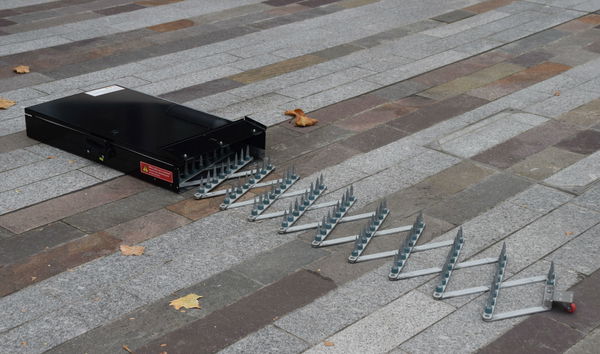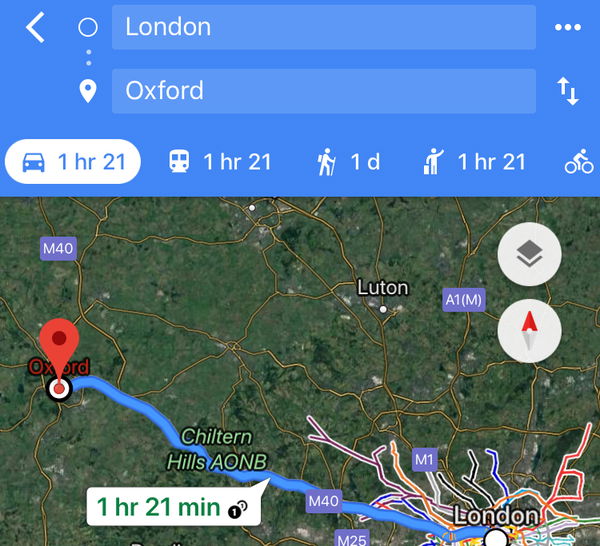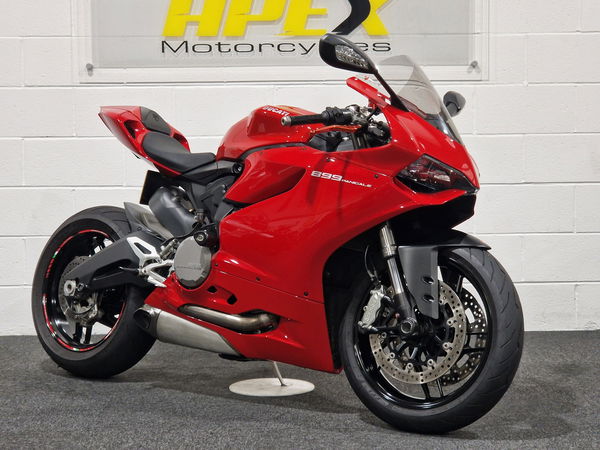Police to drag moped thieves from their bikes in new 'Snatch squad' tactics
The new tactics come under Operation Goodthink and include the use of stingers

POLICE in London are to adopt more hands-on tactics in a crackdown on scooter-riding criminals.
Under Operation Goodthink, squads of undercover police in Westminster will lie in wait at traffic ‘pinch points’ and tackle suspects from their bikes when they reach a standstill.
These ‘snatch squads’ form part of new tactics introduced by the force to tackle the scooter crime wave which is sweeping London.
On Monday this week, 24 pedestrians across North London were targeted in moped-enabled robberies. The first report came at 1700 on Essex Road, N1, when a woman claimed that four suspects on two mopeds had stolen her mobile phone. Later that evening, police deployed a 'stinger' on Southampton Road, NW5, recovering a moped but failing to apprehend the riders.
Detective Inspector Greg Coates, from the Central North Command Unit, said: ‘Last night, we successfully deployed a stinger and were able to recover one of the mopeds. This is a new tactic that has been rolled out across London as part of our continued efforts to tackle scooter-enabled crime.’
A spokesperson for the MET Police confirmed to Visordown that there are new measures in place, commenting: ‘There are number of different tactics available to officers to help make the streets hostile territory for criminals who steal scooters, mopeds, motorbikes and bicycles and then use them to snatch valuables from members of the public.
‘Officers in Westminster have been carrying out Operation Goodthink to help catch suspects whilst their vehicles are stationary so they can safely arrest them.
‘This tactic sees officers initially gathering intelligence on routes that offenders are taking to commit crimes and then deploy plain clothes officers as ‘spotters’ in these areas looking for those on mopeds who are committing motoring offences such as jumping red lights or hiding licence plates with plastic bags.
‘These officers then alert other undercover officers who arrest the criminals when they come to a stop at traffic lights or when traffic builds up. By arresting the suspects while they are stationary they are less able to make off and therefore we do not need to pursue the vehicle reducing the risk to the rider, their passenger and the public.’











